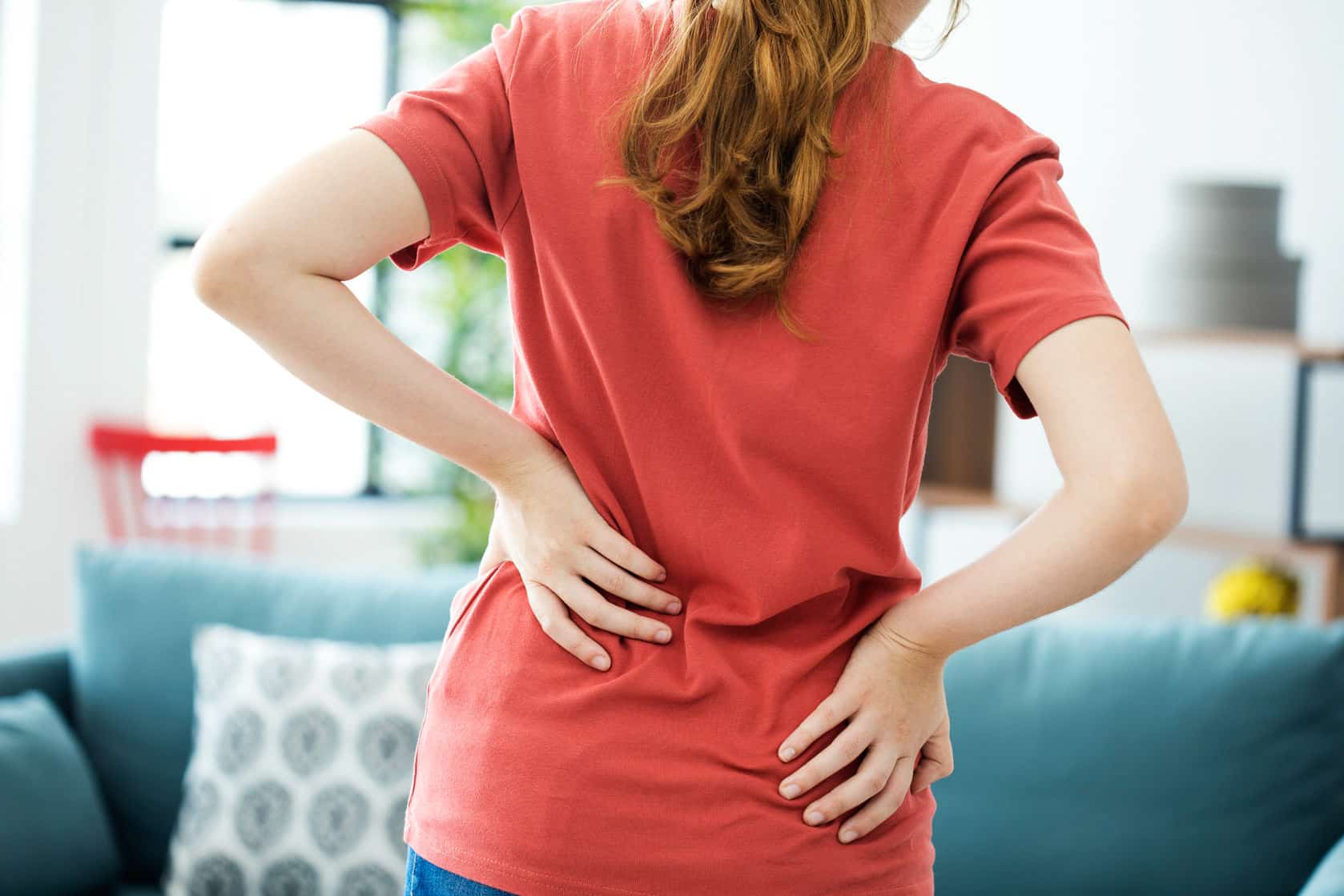July Newsletter

Treatment of Sacroiliac Joint dysfunction (SIJ Pain)
By Graceville Physio Molly Cartledge
The sacroiliac joint or SIJ sits between the sacrum at the bottom of the spine, and the pelvis. This joint only allows small amounts of movement but is important for force transmission between the trunk and lower limbs. Issues or dysfunctions with the SIJ can be painful and debilitating. SIJ dysfunctions can usually be categorised as either tight, catching, pinching joints, or loose/unstable joints.
People with SIJs that catch will often present with buttock pain (especially over the PSIS). This pain can be very sharp and can even lock them out of movement. They can also get pain into the hip and groin. Tightness in muscles that overlie the joint can cause compression and catching. These muscles need releasing and there is often underlying weakness and/or poor mechanics that need addressing.
Patients with loose or unstable SIJs can also present with buttock or groin pain and may complain of difficulties weight bearing on the affected side. These are more common in growing teens (especially females) and people with generalised hypermobility. It is important that these people seek treatment as these will continue to cause problems and often worsen over time. Strength work aimed at improving pelvic stability is the focus of treatment. These patients will also present with a lot of tightness. Over loosening this tightness, however, can exacerbate the underlying hypermobility and make them worse. Taping and bracing can provide good support and relief while the patients work to build stability. Consult with our expert physiotherapist at Graceville Physio.
Quick Physio tip!
Stability can prevent injury! Can you stand on one leg for 10 seconds without falling? If you are worried about your balance our Physios can help!

Are you worries about your posture?
We are trained to assess posture using our extensive knowledge of anatomy and bio-mechanics. From this postural assessment we are able to determine how posture is likely to worsen if nothing at all is done to improve the situation. Using our knowledge and experience, we can clearly see where you may be having problems.
If you are concerned about your posture book in to see one of our Physiotherapists today.
